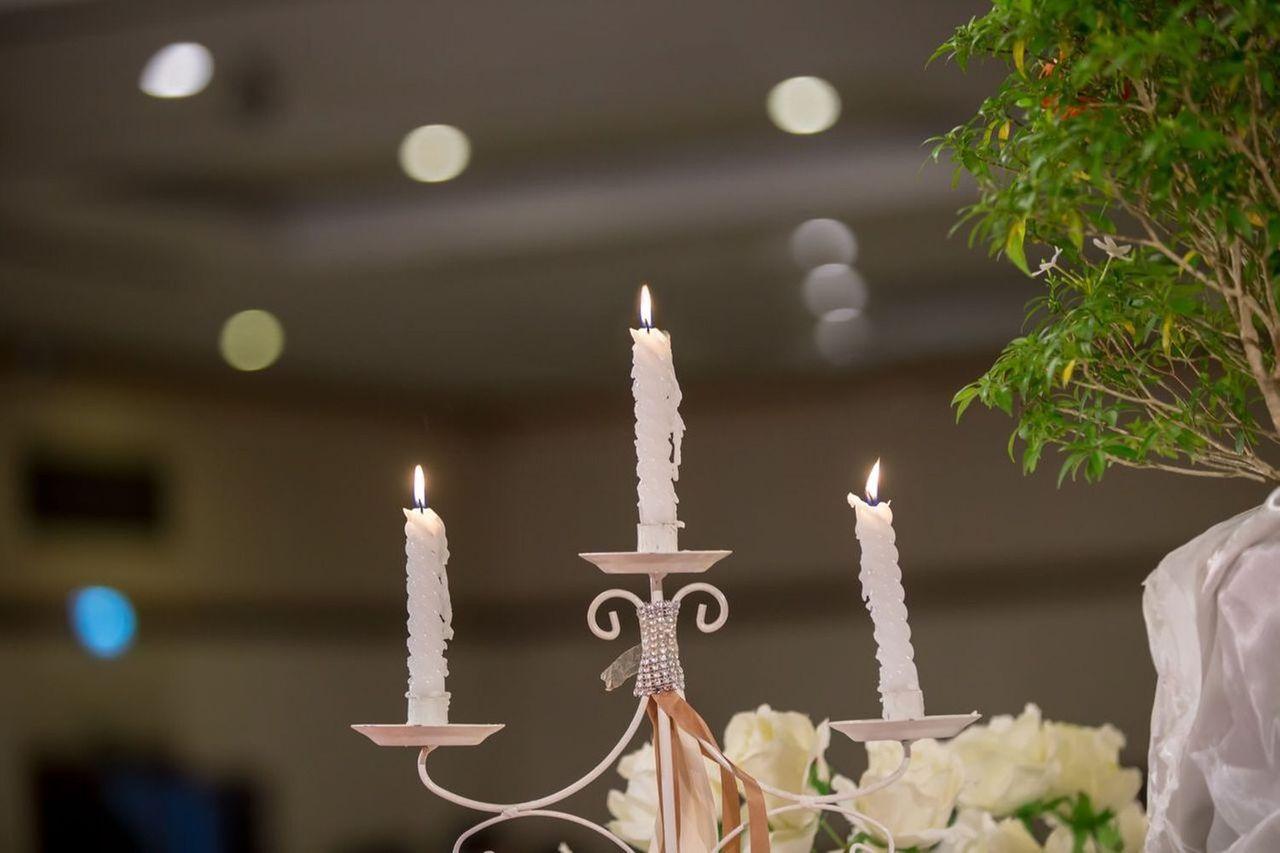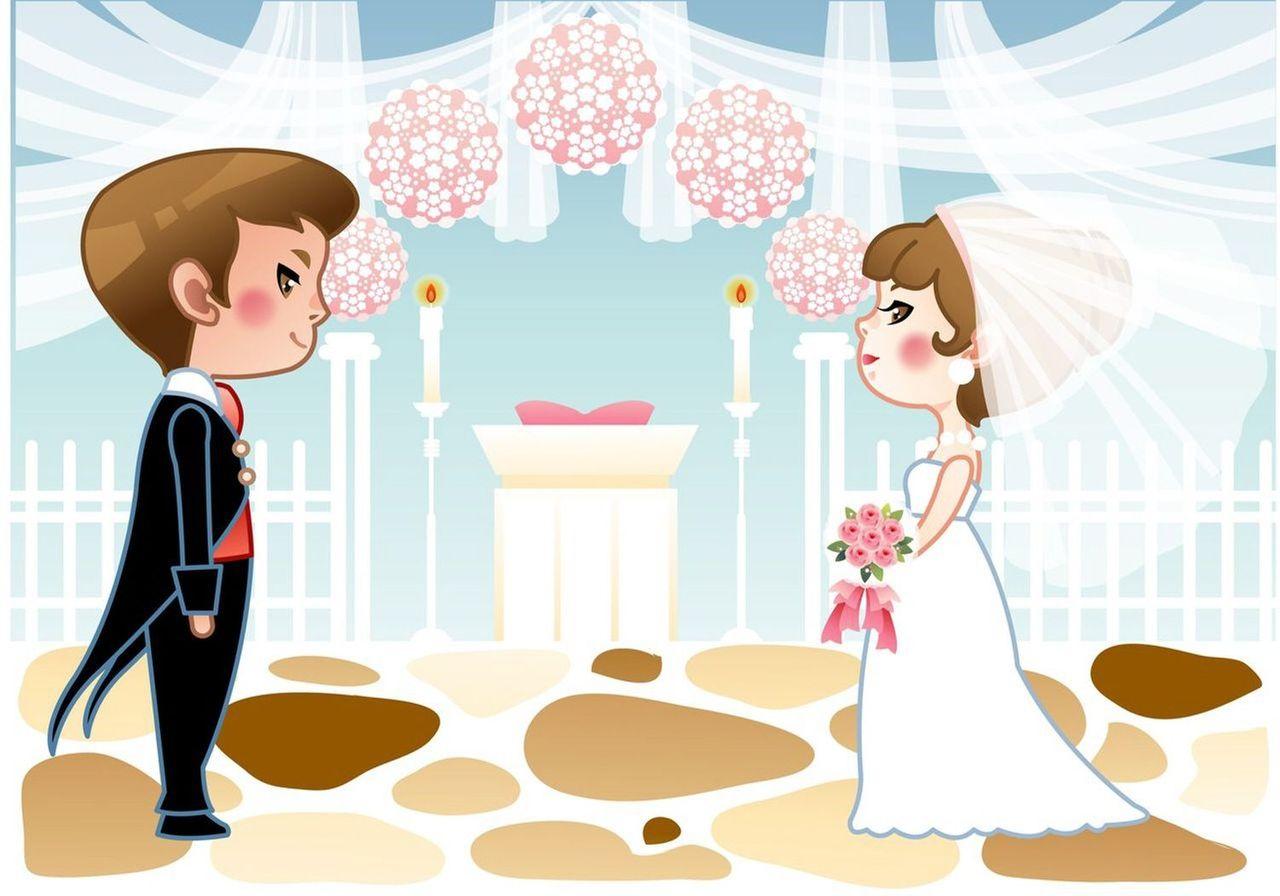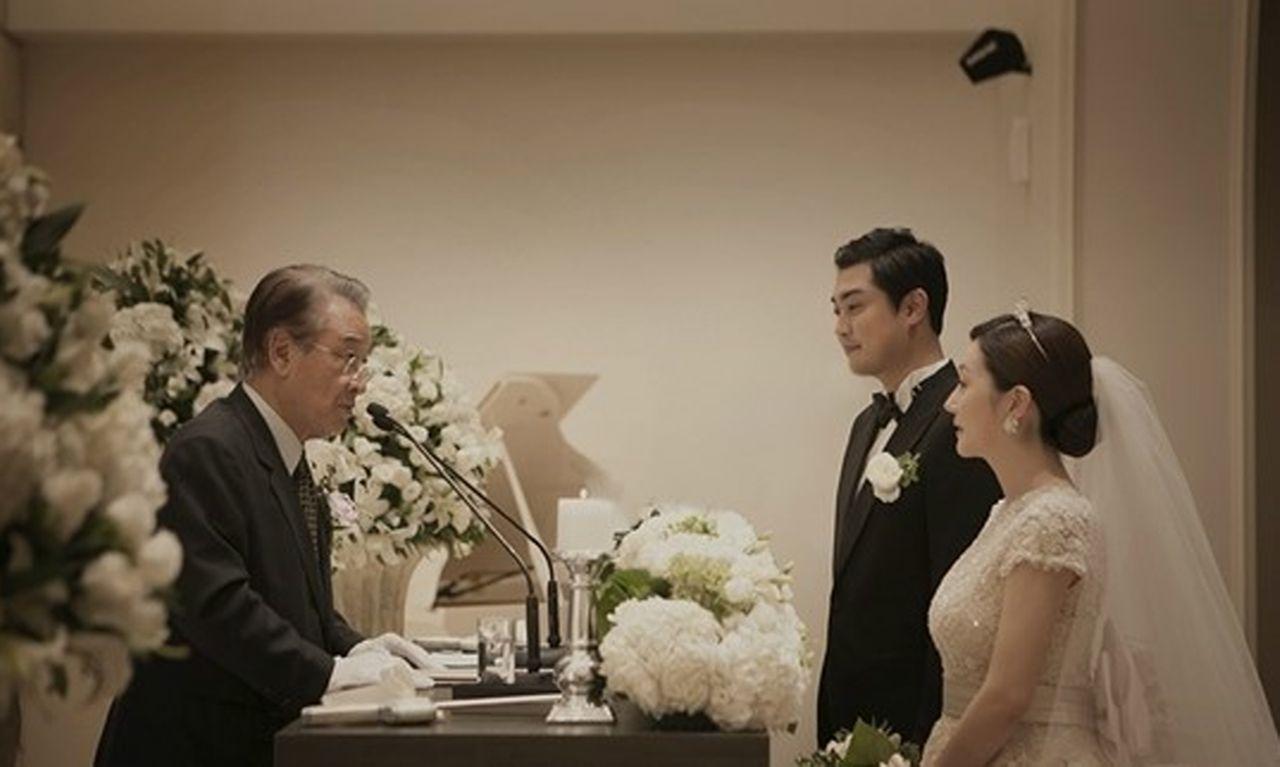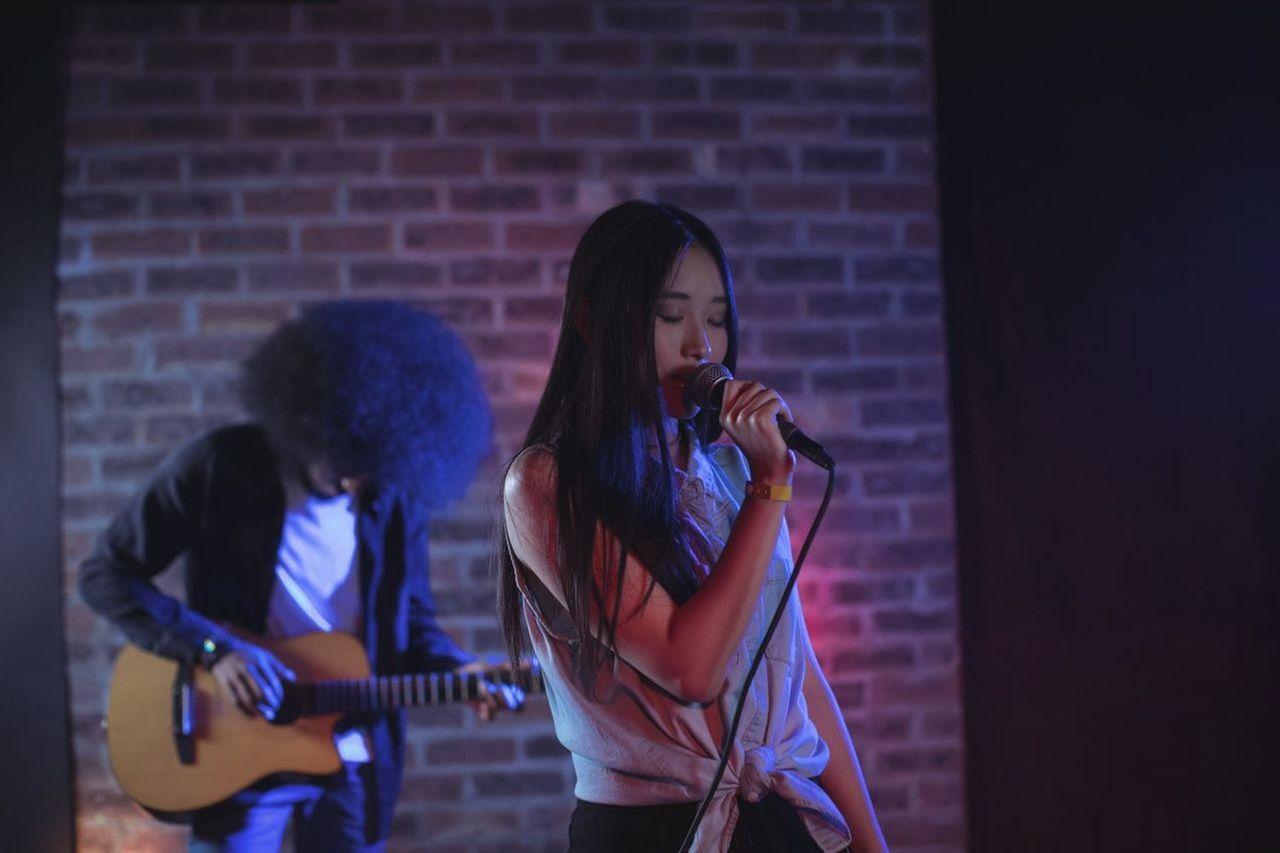@Wedding Photo of Song Joong-ki and Song Hye-kyo
Hello,everyone! We are Creatrip, a group of Korean travel experts.
Today, I would like talk about Korean wedding sequence, MC, officiant, and a bouquet culture.
Actually, I have 3 years of wedding MC part-time job experience in Korea. So I'll be telling about the Korean wedding based on my real experiences!
Korean Marriage Culture:1. Wedding Sequence
Self weddings and small weddings are becoming popular these days, it is true that the wedding culture is becoming more simplified in Korea. However, still most weddings follow the formal procedures. To decide which part of the wedding you want to simplify or remove, you should first understand about the original sequence. Let's take a look at the general wedding sequence and the difference between the wedding with and without the officiant.
Korean Wedding Sequence 1-1. Opening speech
This is the time when the MC declares the beginning of the wedding. Before the opening speech, they often play short videos of the bride and groom so that the guests can sit and watch. Wedding ceremony begins with MC's greetings and applause.

Korean Wedding Sequence 1-1. Bud ignition
This is when mother of the groom and the bride enters through Virgin Road and lighten the candle. Bud ignition means that they light up the darkness and brings happiness. First, the groom's mother lights up the candle, then the bride mother lights it up. After the ignition, the mother shares her greetings with each other in the sense that they has become a family. When the greetings are over, they bow to the guests and come down to the floor.

@Chosun-Ilbo
Korean Wedding Sequence 1-3. Officiant introduction
Time to introduce officiant who will be organizing the wedding ceremony and giving a message for the bride and groom.
(*Skipped when there is no officiant)

Korean Wedding Sequence 1-4. Entrance of the bridegroom
After the introduction, MC then call the bridegroom to enter. The grooms often enter greeting the guests, but some of them are too nervous that they walk while looking at the front, only. End of the virgin road, they go up the stage and bow to the officiant. After that, he turns around and bow to the guests, then wait for the bride.

Korean Wedding Sequence 1-5. Entrance of the bride
Bride is the most important person for the wedding, in Korea. Mostly the brides enter from the stairs, or behind the curtain. This is because she needs to be attract the attentions. After revealing herself with a round of applause, the bride grabs her father's hand and slowly walk toward the bridegroom. After bridegroom exchange the greeting with the bride 's father, he takes over the bride' s hand.
(Because of the simplified weddings or gender equality issue, the groom and the bride may enter at the same time.)

Korean Wedding Sequence 1-6. Groom / bride greet each other
As they come up to the stage, they face each other. This is the step where they show the respects to the guests and their families. After a certain distance, they face each other and bend their waist at an angle of 45 degrees to greet each other politely.

@SBS
Korean Wedding Sequence 1-7. Wedding vows & Reading marriage declaration
Now the bride and the groom swear that they will love and respect each other forever. After the wedding vow, officiant declares the marriage by reading the marriage declaration.
(If there is no officiant, they make their own wedding vows and read it alternately. Bride/groom's father or the MS reads the marriage declaration instead.)

Korean Wedding Sequence 1-8. Officiant's Message
The officiant gives a short gratitude for the marriage of two people.
(If they don't have the officiant, groom/bride's father will be in charge.)

Korean Wedding Sequence 1-9. Nuptial song and performances
The groom, bride, or their friend and families sings a song, daces, or often plays musical instruments to bless their marriage. Some talented bride or groom sings and dances by themselves. In fact, there are so many exciting and wonderful stages that can be called as a highlight of the weddings. When I was presiding the wedding, sometimes they call the singer for the nuptial song.

@Chosun-Iilbo
Korean Wedding Sequence 1-10. Greetings to the parents and guests
Bride and groom bow to the parents and the guests who attended the wedding. They first bow to their parents. Mostly the bridegroom make a deep bow while the bride nods since she wears a dress. Then they bow to the guests to thank them for coming to the wedding. At this time, the guests send out a loud applause


Korean Wedding Sequence 1-11. Groom / bridal march
When the MC tell them to walk out, they start marching in a celebration. Before this, MC's often plan a small event. Mostly it is about groom giving three cheers to express how happy he is, or spinning 10 times and hugging the bride to see if they could come home after drinking.
(In the past, events were indispensable, but nowadays it is also tend to be skipped.)

Korean Wedding Sequence 1-12. Closing Address & Photo Taking
The wedding always starts with the opening speech, it ends with the closing address. After the wedding ceremony, they take pictures with family, relatives, friends, co-workers and others guests. This is when the bride throw her bouquet and let her friends to catch it.

Korean Wedding Sequence 1-13. Pyebaek
Following 1 to 12 sequences were from the West wedding ceremony, but this is our traditional ceremony. This is when the groom and the bride dresses into hanbok, and receives jujubes and chestnuts that the bridegroom's side relatives throw. The jujube refers to the son, and the chestnut refers to the daughter. It means to live happily and have many children. They also give money to spend on their honeymoon.
(They are skipping pyebaek these days because of simplification of the wedding and gender equality since only bridegroom's relative can attend this ritual.)
A normal Korean wedding will proceed in this order. I have written some parts that you can skip, so refer to it!
Korean Marriage Culture:2. Officiant, MC, Nuptial Song
Korean Wedding Sequence 2-1. Officiant
Officiant is a person who conducts the wedding. They are often called 'officiant teacher'(teacher is a polite appellation in Korea). If the bride or the bridegroom is religious, they choose a religious person (bride, priest, pastor) to be the officiant. Or it is often a teacher who taught either the groom or bridegroom, or a person who they were respecting. People try to cast those who are in the highest position, but when they don't have chance, they pay for the professional officiants.
After working as a professional MC for 3 years, I have learn that there are people who are doing officiant as a job. Most of them were senior executives or senior officials. However, recently, there are more married couples who want to simplify their wedding ceremony, that I expect this will be disappearing soon.

Korean Wedding Sequence 2-2. Master of Ceremonies
Since the MC makes the whole atmosphere of the wedding ceremony, I personally think he/she is the next important person to the bride and groom. Generally, bride and bridegroom asks their friend for this, but in recent years, since there are a lot of weddings without officiant, the importance of the MC is increasing that they are using specialists.
What I have learned after working as a professional MC, the wedding is becoming more liberal and unique. For example, some bridegroom enters the door holding his father's hand, or both the groom and the bride, as well their parents exit together at the last march.
In this case, unlike general ceremony, the atmosphere of wedding ceremony varies greatly depending on what the moderator has to say. Therefore, the more important the wedding ceremony becomes uncommon, the more important it will be.

Korean Wedding Sequence 2-3. Nuptial Song and Performance
This time, we hear the songs blessing bless the bride and groom. Generally they ask their friends who sings well or have a musical talent. However if they do not find a right person, they pay professional singers, musical team, and dance team.
Korean Marriage Culture:3. Bouquet
The word 'bouquet' is derived from French word. It means bundle! The first bouquet started from the bridegroom pick flowers for his bride before marriage. Nowadays, bouquet is an important item that makes the bride to stand out.
 Bouquet Frame @ G-Market
Bouquet Frame @ G-Market
 Bouquet LED light @ French Lime In Korea, you can often see brides choosing a friend who will receive a bouquet before they throw it. There is a myth that a woman who receives a bouquet has get married within six months, or otherwise she will not be able to marry forever or have a marriage very late. That is why they choose a friend who preparing for the marriage or has a boyfriend to marry. Also, there is a belief that a person who received a bouquet drys it for 100 days and then burn, or make it into a dry flower and give it back to the married couple will bring them luck. In recent years, making dried bouquets into a LED lights, picture frames, and candles are very popular.
Bouquet LED light @ French Lime In Korea, you can often see brides choosing a friend who will receive a bouquet before they throw it. There is a myth that a woman who receives a bouquet has get married within six months, or otherwise she will not be able to marry forever or have a marriage very late. That is why they choose a friend who preparing for the marriage or has a boyfriend to marry. Also, there is a belief that a person who received a bouquet drys it for 100 days and then burn, or make it into a dry flower and give it back to the married couple will bring them luck. In recent years, making dried bouquets into a LED lights, picture frames, and candles are very popular.
Today, I learned about Korea 's marriage culture. I hope this helps you to understand the Korean marriage culture.
The above is about Korean Marriage Culture: After reading this blog post carefully, if you have any questions or problems, please shoot us an email at help@creatrip.com.


